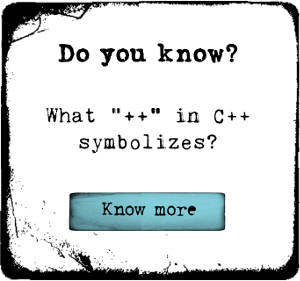Transforming Robot Production Pipeline Volume 10: Compositing

Pluralsight
Course Summary
In this Professional Series course, we will explore some the techniques and concepts used during the compositing of our transforming robot project. Software required: NUKEX 6.3.
-
+
Course Description
In this Professional Series course, we will explore some the techniques and concepts used during the compositing of our transforming robot project. We will learn how to deal with issues importing our passes and how to create a missing pass. From there, we will learn the basic shuffle and compositing techniques, along with some novel uses of various passes to enhance our composite. We will color correct the foreground and background to match. To ground the vehicle, we will create particle effects in NUKEX. Finally, we will finish the shot with post effects like flares, lens reflections, lens distortion, blooms, grain, etc. In the end, we will have our completed shot in NUKE. Software required: NUKEX 6.3.
-
+
Course Syllabus
Introduction and Project Overview- 1m 21s
—Introduction and Project Overview 1m 21sTransforming Robot Production Pipeline Volume 10: Compositing- 4h 31m
—Re-organizing a Finished Script for Ease of Use 7m 32s
—Animating a Switch Node to Load Different Channels 13m 29s
—Compositing Passes Together to Extract a Ground Shadow 7m 1s
—Minimizing Missing Shaders with Expressions 9m 16s
—Creating a Pearlescent Finish with an Incidence Pass 13m 6s
—Extending Our Motion Vectors Using Blurs and Shuffles 14m 56s
—Color Correcting Our Foreground and Background to Match 12m 30s
—Adding Depth by Color Correcting Based on a World Point Pass 11m 13s
—Importing the Clean Plate Script and Adding Tree Movement 10m 34s
—Keyframing Our Spline Warp with Animation Principles 10m 41s
—Using Constraints in Maya to Export Particle Emitter Geometry 6m 10s
—Creating Various Particle Forces to Sculpt Movement 9m 19s
—Defining the Look of the Particle with Noise and Curves 8m 19s
—Post Producing the Particles Before Rendering 6m 38s
—Compositing Our Particles Over the Background Plate 9m 50s
—Changing the Particle Script to Render the Other Dust Clouds 7m 30s
—Using Regions to Control the Particle Forces Based on 3D Data 7m 25s
—Compositing Our Other Dust Clouds Using Cloning 8m 40s
—Using Roto to Layer Our Dust into the Middle of the Truck 13m 50s
—Adding More Dust Noise and Finishing Our Particles 7m 22s
—Adding Lens Distortion to the Foreground Footage 4m 19s
—Adding Lens Flare Artifacts with Transforms and Blurs 7m 12s
—Creating an Anamorphic-like Lens Flare with Glint 11m 34s
—Animating Camera Shake on Impacts 14m 8s
—Using 3D Data with Reconcile 3D Nodes to Animate Flares 10m 10s
—Using Our Camera to Add Motion Blur to the Bg and Particles 8m 37s
—Final Color Correction with the CC Node, Crosstalk and Color Lookup 9m 16s
—Adding Final Touches like Light Wrap, Grain and Chromatic Aberration 10m 44s





